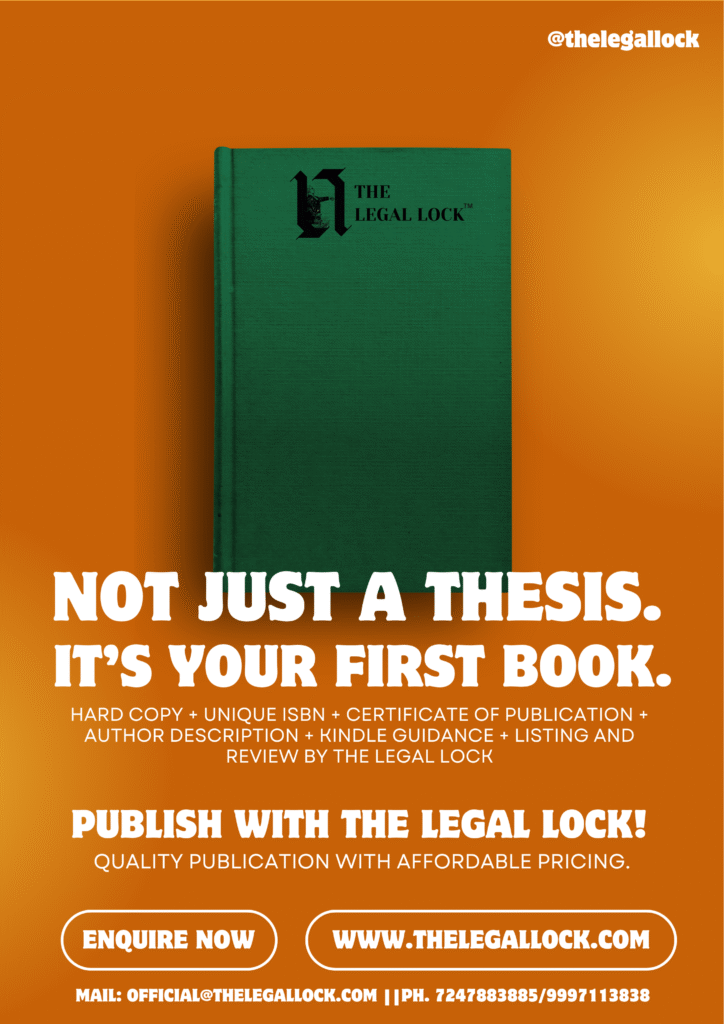Case Brief: T.N. Godavarman Thirumulpad v. Union of India (Forest Case)

| Name of the Case | T.N. Godavarman Thirumulpad v. Union of India |
| Citation | 2012 INSC |
| Date of the Judgement | 13.02.2012 |
| Petitioner | T.N. Godavarman Thirumulpad |
| Defendants | Union of India and the State |
| Bench/ Judges | K.S. Panicker Radhakrishnan and C.K. Prasad, JJ. |
| Statutes Involved | Constitution of India, Wildlife (Protection) Act 1972 |
| Important Articles/ Sections | Wildlife (Protection) Act 1972- Section 18 |
FACTS
The Asiatic Wild Buffalo is reported to be the most impressive and magnificent animal in the world. They are declared to be state animals by the State of Chhattisgarh. Hello everyone, it’s a decent commercial development in the expectation that forest resources such as timber, logging, and woodwork-based industries were harming the ecosystem, particularly the endangered species. Learned amicus Curiae has moved to the court seeking a direction to the Union of India and the State of Chhattisgarh to prepare a rescue plan for the Buffalos, an endangered species, and to make available the funds and resources required for the said purpose. They also sought directions to take immediate measures to prevent the interbreeding between the wild and domestic buffalos to protect the genetic purity; prepare a scheme for the, in consultation with the villagers, for their relocation from the Udanti Sanctuary; monitor inputs and outputs, including scientific management of the wild buffalos.
PROVISIONS INVOLVED
Constitution of India
Article 48A: It imposes the duty on the State to protect and improve the environment and to safeguard the forests and wildlife of the country.
Article 51 A(g): It states that it is the duty of every citizen of India to protect and improve the natural environment, including the wildlife, and to have compassion for the living creatures.
Wildlife (Protection) Act 1972
Section 8: The State Board for Wildlife has to advise the State Government in the selection and management of the areas to be declared as protected areas, in the formulation of policy for the protection and conservation of wildlife, etc.
Section 9: No person shall hunt any wild animals specified in Schedules I to IV except as provided under Sections 11 and 12.
Section 18: It empowers the state government to constitute any area other than the area comprised within any reserve forest or the territorial waters as a sanctuary, if it considers that such area is of adequate ecological, faunal, floral, geomorphologic, natural, or geological significance for the purpose of protecting, propagating, or developing wildlife or its environment.
Section 36 A: It empowers the State government, after consultations with the local communities, to declare any area owned by the government, particularly the areas adjacent to national parks and sanctuaries, and those areas which link one protected area with another, as a conservation reserve for protecting the landscape. The escape. Florence, Fona, and their habitat.
LEGAL ISSUE RAISED
- Whether the forest land is diverted for a non-forest purpose without any permission?
- Whether the meaning of the term forest is restricted to only areas notified as ‘reserved’ or ‘protected’ forest, or should it include any forest in any government record, regardless of ownership or notification status?
- Whether the commercial exploitation undertaken by the industries was justified or held to be unreasonable and excessive?
APPELLANT SIDE ARGUMENT
- The petitioners alleged that the extraction of timber infringes section 2 of the Forest (Conservation) Act, 1980, because the forest land may not be used for non-forestry purposes except if such operations have the proof of prior consent from the central government.
- They highlighted that the forest was used for non-forest activities.
- They also highlighted the failures in the implementation of the legislation, such as the Forest (Conservation) Act, prompting the court to issue directions.
RESPONDENT SIDE ARGUMENT
The state of Chhattisgarh made the following arguments in its defense,
- They submitted the affidavits explaining the steps taken to conserve and preserve the endangered species, which was declared a state animal.
- A Comprehensive Operational Management Plan for the Udanti Sanctuary was enclosed, stating the setbacks they faced with the financial shortage.
- The funds allocated by the central government for its assistance were not on par with the budget.
- They highlighted the steps taken by them to relocate the villagers.
- They claimed to have entered into an MOU with the Wildlife Trust of India.
JUDGMENT
The court held that the steps taken by the State of Chhattisgarh to conserve the wild buffalo are far from satisfactory.
In its ruling, the Supreme Court took a broader view of the term forest, which included not only forests already recorded in government records, but also ‘community forest,’ i.e., the forest owned and managed by the community at large.
They also held that Wild Buffalo has been included as item No. 41, Part I of the Schedule I of the Act whereunder it was mandated that State board for Wildlife had to advise state government in selection and management of areas to be declared as protective areas, formation of policy for protection and conservation of wildlife, etc.
The court observed that for any use of land for non-forest purposes such as mining, industrial projects, etc, prior permission of the central government ought to be taken, and all the procedures established by law have to be followed.
The court directed to state that:
- The state is required to give full effect to the Centrally Sponsored Scheme – “The Integrated Development of Wildlife Habitats” – to conserve and protect wild buffalo. As per this scheme, the state government is in power to notify conservation reserves and community reserves for protecting the landscape, seascape, flora and fauna, and their habitat.
- The state is to ensure that interbreeding does not take place between domestic and wild animals.
- They are required to take immediate steps to undertake intensive research and monitor the wild buffalo population.
- Initiate a wildlife training program for the officials in the state Forest Department.
- To submit the Annual Plan of Operation to the central government detailing the proposed course of action.
CONCLUSION
The wild water buffalos are included in the category of endangered species under the IUCN Categories. The court recognized this fact and realized the dangers and challenges in their preservatio,n such as interbreeding, human-animal conflict, habitat loss/degradation, disease and parasites, competition for food and water, and hunting. The idea that was followed through this trial was the belief that environmental justice can be achieved only if we drift away from the principles of anthropocentrism to ecocentrism, and therefore rightfully held the State of Chhattisgarh accountable.
REFERENCES
- 2012 INSC 87







